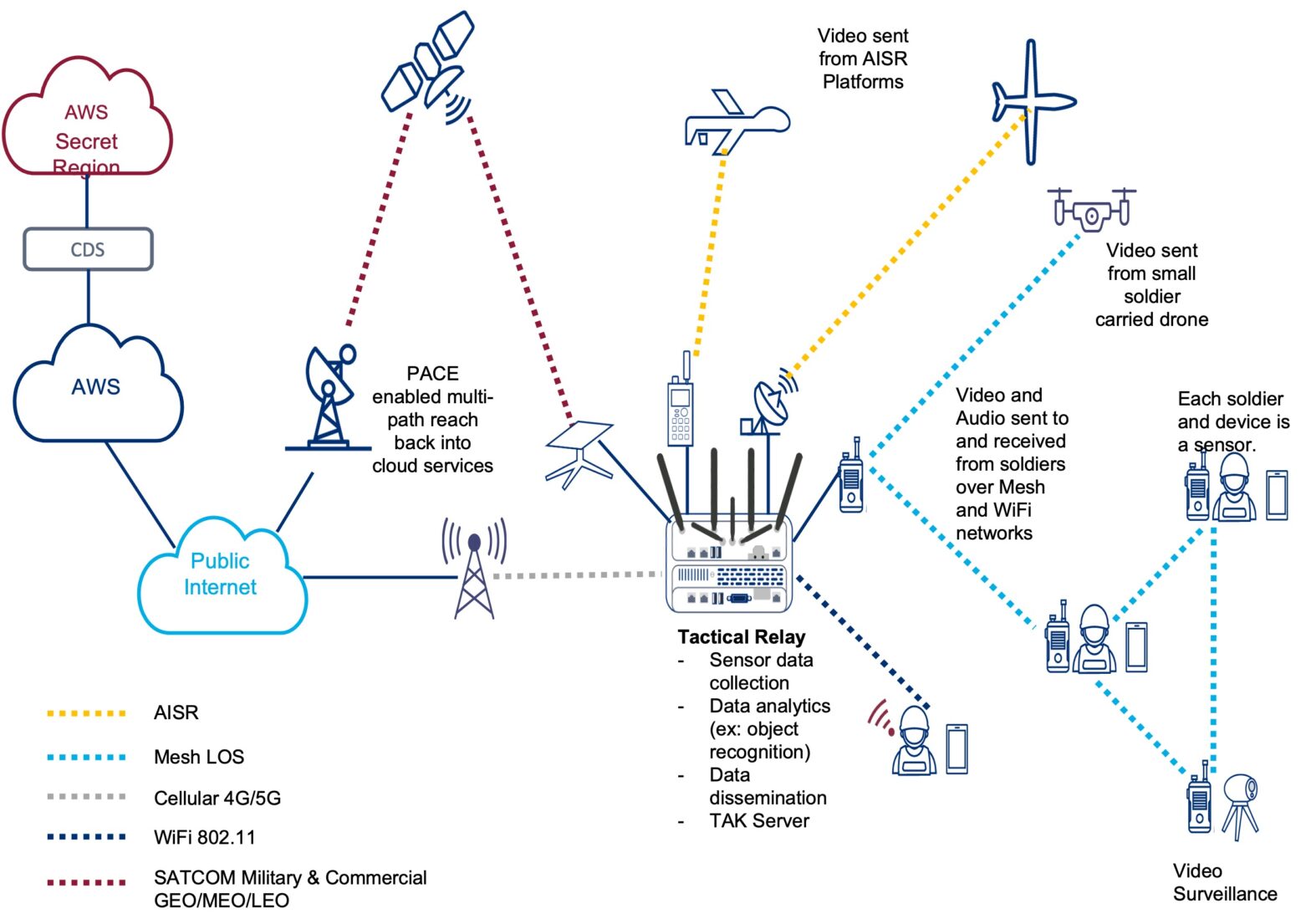JADC2: “Sense, Make Sense & Act.”
At the recent Raymond James Defense and Government Conference in Washington D.C., keynote speaker General David Patreaus (Ret.) made a notable observation about how the DoD will get to the next generation of capabilities: “Small and medium defense firms will provide the transformation.” On several levels, this resonated with me. First, it aligns closely to what I wrote recently in my blog, “Craft Beers, Customer Intimacy and DoD Contracts?” and second, as a medium sized business, this is exactly what we want to hear from a thought leader with the depth and breadth of military, financial and geo-political knowledge as General Patreaus.
Joint All Domain Command and Control, or JADC2, is the vision for connected military where information flows quickly, securely and accurately across land, air, sea, space and cyber. More simply put, it’s getting the right information, in the right hands at the right time. The concept is simple but the execution is anything but. It turns out, coordinating people, systems, data and processes across multiple branches of the DoD is incredibly complex.
Contrary to what the large primes would have you believe, there will be no silver bullet solution for JADC2. Creating new processes for interconnectivity, changing new cultures of information sharing and connecting disparate pieces of technology requires not just technical expertise, but intimate knowledge of the C2 environments for the Army, the Navy, the Air Force – all who have their own separate and distinct JADC2 initiatives: Project Convergence, Project Overmatch and Advanced Battle Management Systems (ABMS) respectively.
“Sense, Make Sense and Act” defines the essence of JADC2:
- Sense: the collection, dissemination, processing and exploitation of data from all sources across all domains as the basis for understanding and decision making
- Make Sense: Turning data into knowledge to understand and predict the operating environment and develop a real-time understanding across the Joint Forces
- Act: Make and disseminate commanders intent/decisions to the Joint Forces and coordinate actions across echelons and domains
DevSecOps and Agile for JADC2
The JADC2 conundrum will not be solved by the proliferation of more boxes and hardware, but through an end-to-end approach that connects existing systems with a software led approach, while integrating new processes to foster a culture of information sharing across domains. It requires an agnostic approach to delivering data that I like to compare to FedEx. It doesn’t matter where it originated, who created it or what type of data it is. All that matters is getting it from the source of origin to its destination(s) quickly, securely and efficiently.
The cornerstone of the Sigma Defense vision to deliver these capabilities is software defined. DevSecOps and Agile are critical to the rapid development and deployment of these capabilities and refactoring of code and applications for modern architectures will accelerate data integration. AI/ML and automation tools can reduce operator workloads allowing them to focus on decision making rather than understanding the environment and assured Command and Control (C2) will require resilient, redundant and dynamic communications that includes edge processing for C2 continuity in disconnected environments. These elements are critical to connect sensor-to-shooter, unifying communications, networking, cybersecurity, cross-domain solutions and application integration for 360 degree situational awareness.
As we have learned lessons in the conflicts over the last 20 years and the battlefield becomes data driven, JADC2 isn’t a nice to have, it’s essential. Delivering on the vision requires that contractors be able to innovate quickly and respond to their customer needs with viable solutions. To repeat General Patreaus words: “Small and medium defense firms will provide the transformation.” Learn more at www.sigmadefense.com/solutions/JADC2


